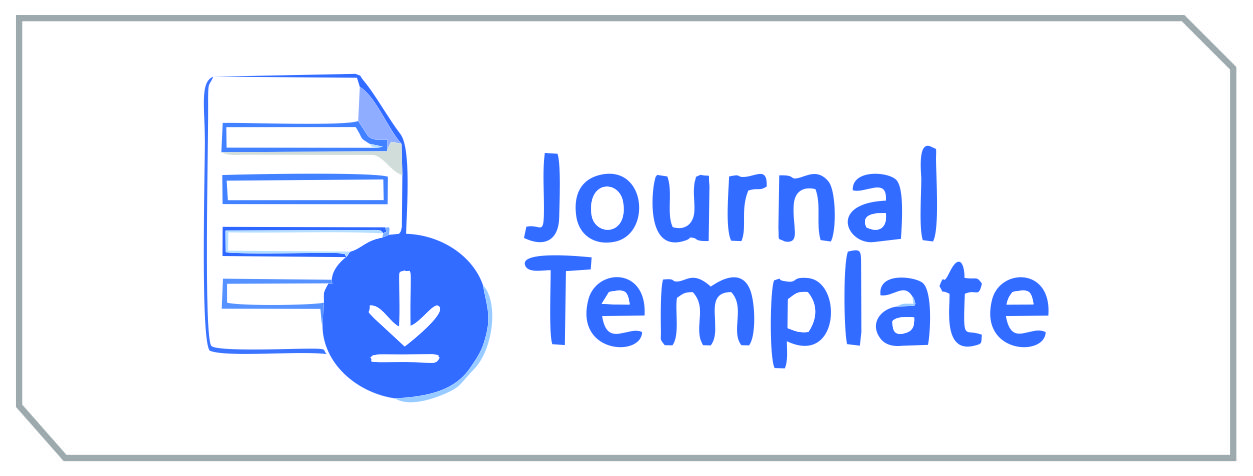Inclusive Disaster Education for Students with Special Needs in Indonesia: A Case Study at SLB BC Harapan Ibu, Jakarta
DOI:
https://doi.org/10.62238/chatra.v3i2.255Keywords:
inclusive disaster education, special needs, visual learning, disaster preparedness, IndonesiaAbstract
Purpose – This study investigates how inclusive disaster education is implemented for students with special needs in Indonesia, addressing a critical gap where vulnerable groups often lack adequate preparedness. It aims to examine the effectiveness of visual learning strategies and identify challenges in practice.
Design/methods/approach – A qualitative case study was conducted at SLB BC Harapan Ibu, Jakarta, involving interviews with teachers and parents, classroom observations, and analysis of educational materials and evacuation drills to explore practical implementation and obstacles faced.
Findings – The study found that visual media significantly improved students’ understanding of safety procedures. However, challenges remain, including the lack of official educational modules tailored for special needs contexts, insufficient school infrastructure, and the need for repetitive instruction for students with intellectual disabilities. These insights contribute practical knowledge on how inclusive disaster education can be operationalized in special needs schools.
Research implications/limitations – This research is limited to a single school context, which may constrain generalizability. Future studies should explore diverse educational settings and develop standardized disaster preparedness materials to ensure broader, effective implementation of inclusive disaster education.
References
Amin, F., & Bahri, M. S. (2024). The Role of Visual Storytelling in Enhancing Disaster Risk Knowledge: Developing Digital Comics for Landslide Mitigation Education. https://doi.org/10.69877/fssge.v1i4.39
Boon, H. J., Brown, L. H., & Pagliano, P. (2014). Emergency planning for students with disabilities: A survey of Australian Schools. The Australian Journal of Emergency Management, 29(1), 45–49.
Caroca, J., Bruno, M. A., & Aldunate, R. G. (2016). Situated Learning based on Virtual Environment for improving Disaster Risk Reduction. Journal of E-Learning and Knowledge Society, 12(4). https://doi.org/10.20368/1971-8829/1192
Chen, Y.-F., Ma, K.-C., Lee, M.-H., & Chuang, M.-H. (2022). Earthquake Response for Students with Different Severe Degrees of Disabilities: An Investigation of the Special Education Classes in Primary Schools in Taipei. International Journal of Environmental Research and Public Health, 19(14), 8750. https://doi.org/10.3390/ijerph19148750
Creswell, J. W. , & P. C. N. (2018). Qualitative Inquiry and Research Design: Choosing Among Five Approaches. SAGE Publications.
Denzin, N. K., & Lincoln, Y. S. (2018). The SAGE Handbook of Qualitative Research (5th ed.). SAGE Publications, Inc.
Hayati, N., Nurhayati, C. E., Idris, A. F., & Lestari, T. (2024). Study the Level of Inclusion in Disaster Risk Reduction for Inclusive Elementary School in Indonesia. WASIS, 5(1), 13–25. https://doi.org/10.24176/wasis.v5i1.11394
Hollweck, T. (2015). Robert K. Yin. (2014). Case Study Research Design and Methods (5th ed.). Canadian Journal of Program Evaluation, 30(1), 108–110. https://doi.org/10.3138/cjpe.30.1.108
Huda, P. C., Rahmawati, W., Khoeri, A. Y., & Hayati, M. N. (2024). Increasing students’ disaster literacy through the disaster mitigation card game (camibee). Journal of Social Comunity Services, 1(3), 199–205. https://doi.org/10.61796/jscs.v1i3.179
Johansen, M. L. (2023). Inclusivity in Online and Distance Disaster Education: A Review of Educators’ Views. https://doi.org/10.2139/ssrn.4484218
Jummi, C. V. R., Desfandi, M., Maghfirah, F., Diah, H., Fitriani, Y., & Pilay, K. K. (2024). Preparedness of Special Schools in Banda Aceh Towards Earthquake and Tsunami Disasters. Jurnal IPA Dan Pembelajaran IPA, 8(4), 430–446. https://doi.org/10.24815/jipi.v8i4.42347
Kamarudin, S. A. (2024). Disaster Risk Reduction Learning Model in the School Curriculum. JISIP (Jurnal Ilmu Sosial Dan Pendidikan), 8(4), 2767. https://doi.org/10.58258/jisip.v8i4.7675
Kawasaki, H., Cui, Z., Kurokawa, M., & Sonai, K. (2023). Current Situation of Disaster Preparedness for Effective Response in Japanese Special Needs Schools. Disaster Medicine and Public Health Preparedness, 17. https://doi.org/10.1017/dmp.2023.98
Kwabena, D. F., Kevin, M., Enokenwa, O.-B., Tantoh, H. B., Eromose, E., Hadisu, A., Sibusisiwe, M., Philip, M., Christopher, M., & Arianne, L. (2021). Mainstreaming Education Into Disaster Management to Facilitate Disaster Resilience (pp. 223–238). https://doi.org/10.1007/978-3-030-61278-8_10
Miles, M. B., Huberman, A. M., & Saldaña, J. (2014). Qualitative Data Analysis: A Methods Sourcebook (3rd ed.). SAGE Publications.
Palinkas, L. A., Horwitz, S. M., Green, C. A., Wisdom, J. P., Duan, N., & Hoagwood, K. (2015). Purposeful Sampling for Qualitative Data Collection and Analysis in Mixed Method Implementation Research. Administration and Policy in Mental Health and Mental Health Services Research, 42(5), 533–544. https://doi.org/10.1007/s10488-013-0528-y
Patton, M. Q. (2015). Qualitative Research & Evaluation Methods: Integrating Theory and Practice. SAGE Publications.
Rofiah, N. H., Kawai, N., & Hayati, E. N. (2021). Key elements of disaster mitigation education in inclusive school setting in the Indonesian context. Jàmbá: Journal of Disaster Risk Studies, 13(1), 8. https://doi.org/10.4102/JAMBA.V13I1.1159
Ronoh, S. (2017). Disability through an inclusive lens: disaster risk reduction in schools. Disaster Prevention and Management, 26(1), 105–119. https://doi.org/10.1108/DPM-08-2016-0170
Samarakkody, A., Senanayake, A., Malalgoda, C., Amaratunga, D., Haigh, R., Liyanage, C., Hamza, M., Kaklauskas, A., & Shaw, R. (2023). Inclusivity in online and distance disaster education: A review of educators’ views. In Progress in disaster science (Vol. 20, p. 100298). https://doi.org/10.1016/j.pdisas.2023.100298
Senanayake, A., Samarakkody, A. L., Malalgoda, C., Amaratunga, D., Haigh, R., Liyanage, C. L., Hamza, M. A. K., Kaklauskas, A., & Shaw, R. (2023). Towards an Inclusive Disaster Education: The State of Online Disaster Education from the Learner’s Perspective. Sustainability. https://doi.org/10.3390/su151411042
Sheehy, K., Vackova, P., Manen, S. M. van, Turnip, S. S., Rofiah, K., & Twiner, A. (2022). Inclusive disaster risk reduction education for Indonesian children. International Journal of Inclusive Education, 1–17. https://doi.org/10.1080/13603116.2022.2115156
Tentang Penyelenggaraan Pendidikan Tangguh Bencana., Pub. L. No. No. 33 Tahun 2019.
Torani, S., Majd, P. M., Maroufi, S. S., Dowlati, M., & Sheikhi, R. A. (2019). The importance of education on disasters and emergencies: A review article. Journal of Education and Health Promotion, 8(1), 85. https://doi.org/10.4103/JEHP.JEHP_262_18
Downloads
Published
Issue
Section
License
Copyright (c) 2025 Hamidah Dwiningtias Dwiningtias, Munil Rizky Pratama, Rohmansyah, Laurensius Puntodewo, Fathin Aulia Rahman, Taqwa Putra Budi Purnomo Sidi Hiram (Author)

This work is licensed under a Creative Commons Attribution-ShareAlike 4.0 International License.











